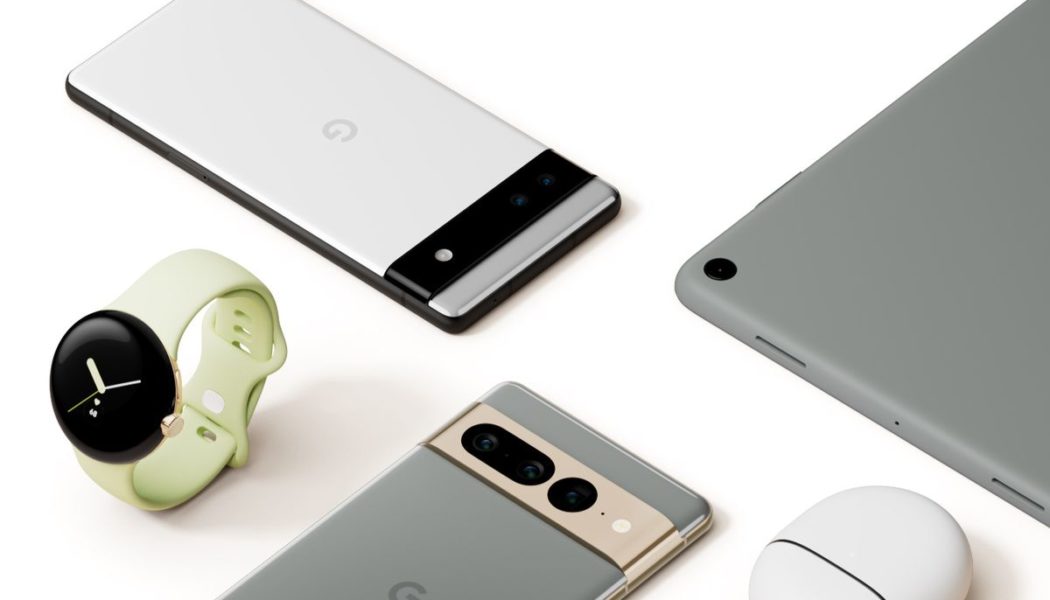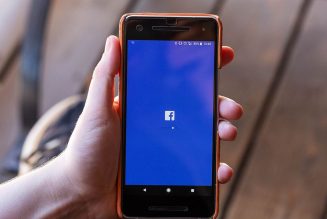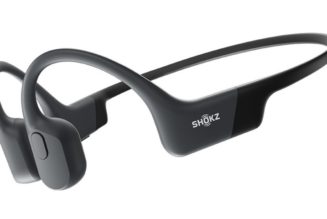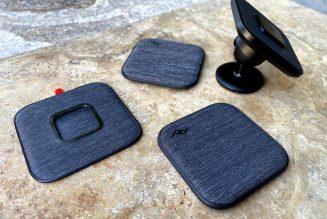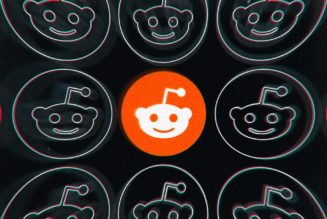Google has yet to launch its first smartwatch, but the company may already be working on the next steps for its wearable plans. According to a Protocol report, Google is planning to integrate fitness trackers into Google TV and Android TV as part of a broader push to strengthen its product ecosystem. The question is whether the historically fragmented Wear OS platform is up for the challenge.
The company purportedly laid out the plans at a closed-door event with its TV partners, Protocol reports. The idea is to let Wear OS and Fitbit users broadcast real-time metrics like heart rate and calories burned on the screen. Better smart home controls are also part of the plan. That said, these efforts may take a while. Google’s fitness plans supposedly won’t show up until 2023 at the earliest, with smart home efforts coming the following year. This is partly because Google’s partners have to create more powerful smart TVs and streaming gadgets to enable all of this.
In the short term, the company is also reportedly working on beefing up its wireless audio offers on the platform. That includes enabling Nest speakers to work wirelessly with TVs as well as bringing Fast Pair to its Pixel Buds so that users can more easily use them with Google TV devices.
If all of this sounds familiar, that’s because the plans look an awful lot like what Apple’s done with its Fitness Plus service and smart home offerings. Apple Watch owners can take video workout classes where their real-time metrics are displayed on the Apple TV, iPhone, or iPad. (And starting with watchOS 9, users will be able to broadcast real-time metrics on non-Apple TVs via AirPlay.) You can also use the HomePod or HomePod Mini with the Apple TV 4K to create a home theater setup. You’ve also been able to pair AirPods with Apple TVs for ages.
The thing is, Apple’s always had a walled garden, and that makes it easier for it to achieve its vision of gadgets that “just work.” There are slight differences between the various Apple Watch versions, but overall, you’re getting a uniform Fitness Plus experience across all Apple devices. It’d be one thing if this Google TV fitness tracker integration was for the forthcoming Pixel Watch alone. But if it’s meant to be compatible with any Wear OS or Fitbit device, Google has to figure out how to create a similar experience across disparate devices.
While Google convinced Samsung to join forces in creating a unified wearable platform, Wear OS 3 shows signs of the same fragmentation that stymied previous versions of the platform. The Wear OS 3 we’ll see on the Pixel Watch will be different from the Wear OS Powered by Samsung on the Galaxy Watch 4. Both of those are different from the stripped-down Wear OS 3 on the Montblanc Summit 3 I’ve been testing this past week. While the Pixel Watch and Galaxy Watch 4 are Android-only, the Summit 3 supports iOS. Plus, both the Galaxy Watch 4 and Montblanc Summit 3 require a separate companion app to control the smartwatches. All three watches will run on different chips, sensors, and health features. Theoretically, these differences shouldn’t matter, but history tells us they likely will when it comes to ecosystem-based experiences.
:no_upscale()/cdn.vox-cdn.com/uploads/chorus_asset/file/23450296/Google_Pixel_family_with_tablet.jpg)
Fragmentation isn’t necessarily a bad thing, but it’s a double-edged sword. On the one hand, it affords more variety, and variety is the spice of life. Done well, Google’s ecosystem could have strong third-party support. Applied to interactive at-home workouts, it could be a huge potential strength for Wear OS going forward. If Peloton or Obé, for instance, were to have a Google TV app that seamlessly worked with Wear OS or Fitbit devices, that would be incredibly cool. Google wouldn’t even have to shell out to produce fitness content in-house as Apple does.
On the other hand, it means Google has to work closely with third-party partners to ensure we all have a good time. The Wear OS ecosystem has several moving parts, each of which needs to work fairly well to keep the whole thing going. One weak link can bring everything to a grinding halt. Case in point, Wear OS’s troubles weren’t entirely Google’s fault. Qualcomm didn’t have a wearable chip powerful enough for the platform to play on the same field as its competitors. (Though, that may soon change.) Outdated hardware fueled software stagnation, which led to lackluster smartwatches. It’s a vicious cycle that Google is only now starting to break.
Wear OS 3 — and Google’s ambient computing vision — is still in its awkward transition phase. We don’t know Wear OS 3’s final shape, and there will be more growing pains ahead. Right now, the Pixel Watch isn’t out yet and neither is Qualcomm’s new wearable chip. Fossil has yet to drop its first Wear OS 3 flagship lineup, and Fitbit has promised a premium Wear OS smartwatch sometime in the future. That said, it’s immensely encouraging to see that Google is thinking big and has plans for the platform beyond the Pixel Watch. Hopefully the gamble pays off.
